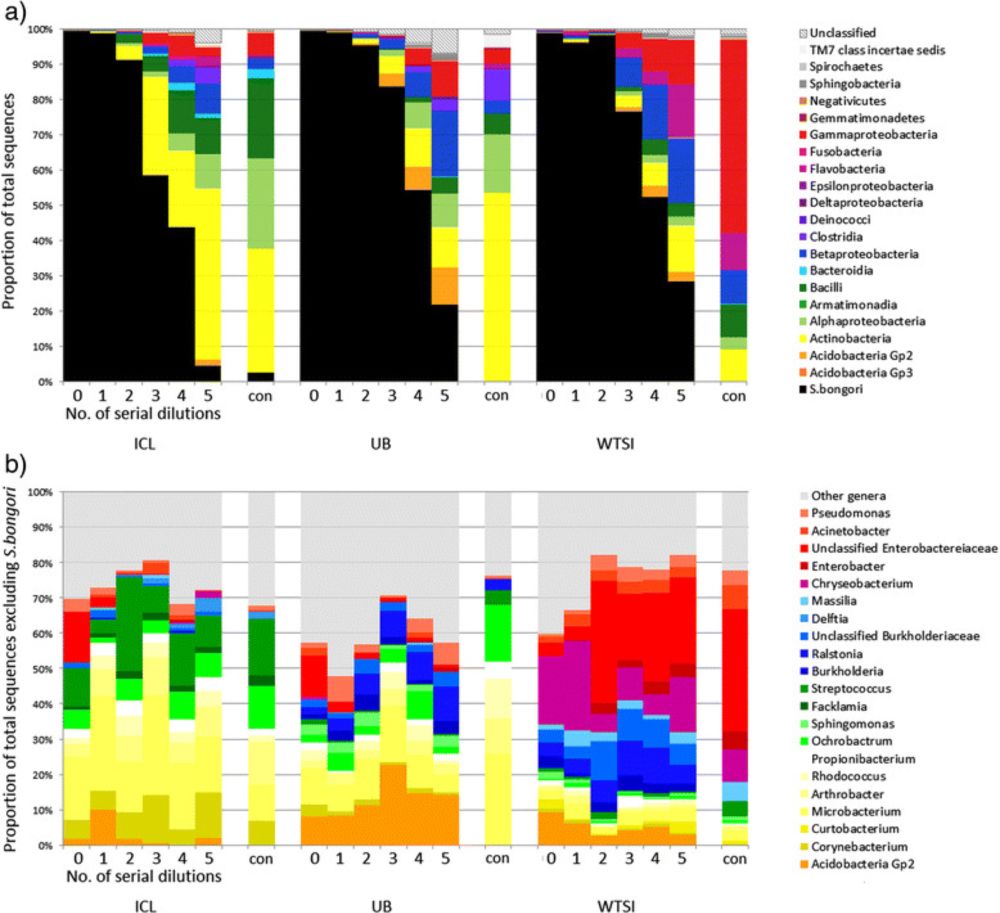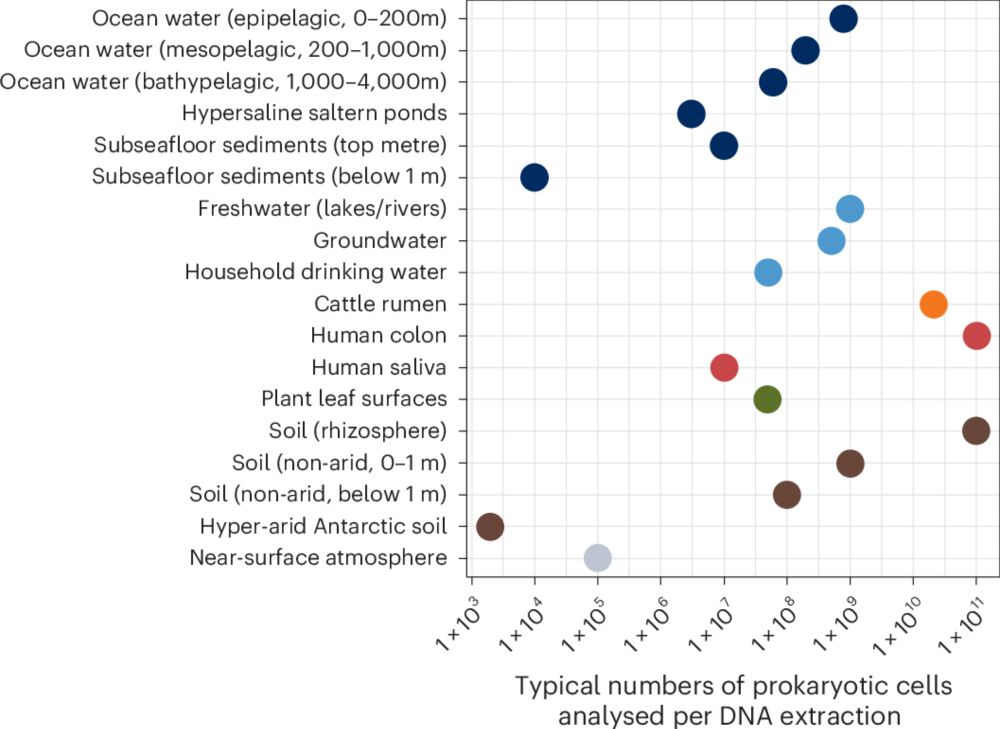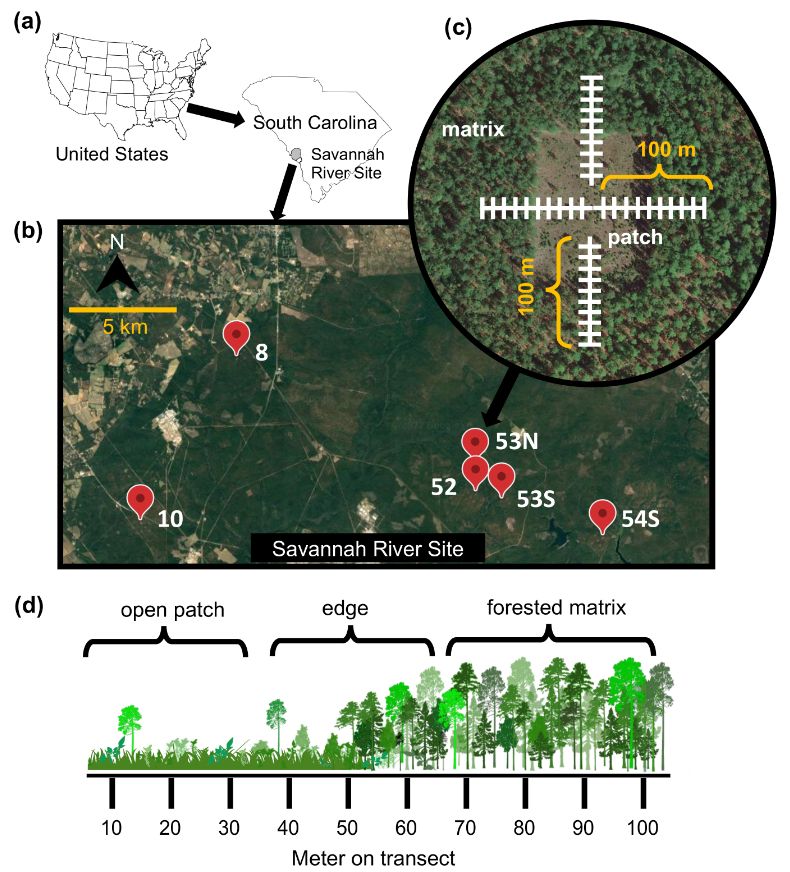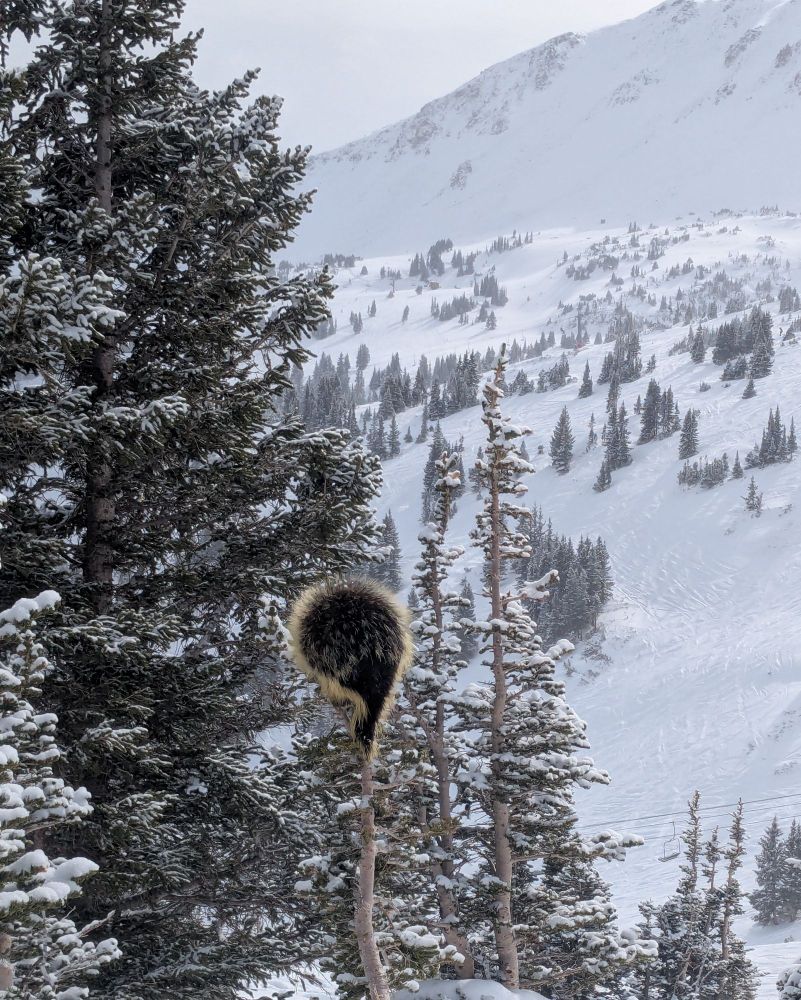Microbial ecologist
https://www.fiererlab.org/
Noah Fierer is an American microbial ecologist. He is a Full Professor in the Department of Ecology and Evolutionary Biology at the University of Colorado Boulder.
academic.oup.com/ismej/advanc...

Reposted by Simon Roux


Reposted by Alan W. Walker



Reposted by Noah Fierer








